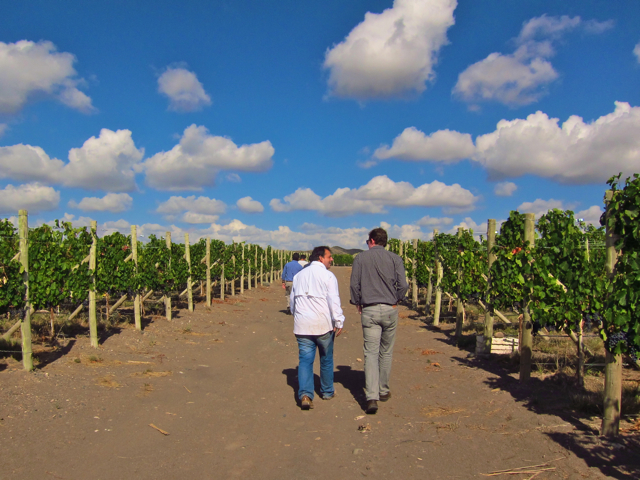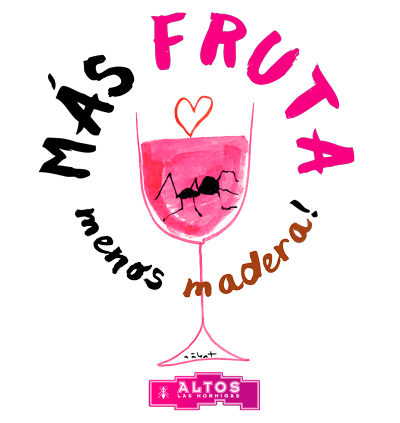Along the Altos Las Hormigas journey we have seen vineyards that seemed to have all the perfect characteristics: climate, altitude, vine age, care, balanced canopies, yet they couldn’t deliver the wine that we were looking for. At the same time, other sites, with poor management, ill design, and young age, managed to deliver the best juice ever tasted in 15 years. What was it that made the wine so special? To find this answer, we started working with Pedro Parra, soil and terroir specialist. Over the course of the last 6 years we’ve come to a much better understanding: sometimes you have a dig a pit to find the truth.
Pedro takes us along for what we dubbed: Full Day Terroir, Mendoza. First stop…
Perdriel: Lujan de Cuyo, Mendoza
Perdriel is a small sub-region in the Mendoza wine region of Argentina. Its vineyards surround a small town of the same name, halfway between Lujan de Cuyo to the north and Agrelo to the south. Perdriel’s vineyards sit at an altitude of around 900m.
The soil is characterized by an upper strata of grey and white clay layered with sandy loam followed by a substrata of gravel, sandy silt and stone. Soils are low in organic material, alluvial, and very well drained.
This soil structure, if managed and farmed thoughtfully, produces ripe, black fruit Malbec with balance, depth and a soft, full structure.
Gualtallary: Tupungato, Uco Valley, Mendoza
At an altitude of 1400 meters and an average annual temperature of 13ºC (55.4ºF), the vineyard is amongst the highest and coolest in the area.

The vineyard is located within an alluvial shelf, crossed by a series of dry riverbeds which brought in fascinating soil components 100s of 1000s of years ago. The soils are heterogeneous, which means the proportion of sand, silt, and clay, varies greatly in size, shape, and chemical composition. It is very common to find gravel and calcareous stones larger than 2 millimeters in diameter. Calcium carbonate = limestone = chalk.


This significantly affects the properties of water storage, nutrients and energy. At its most basic, this type of soil creates a higher water stress which in turn decreases the total leaf area, ultimately increasing the concentration of the fruit.

The calcareous soils result in a minerality and fine, chalky tannins… the mouthfeel you might recognize from… perhaps… Barolo? Burgundy? Sancerre?

Vista Flores: Uco Valley, Mendoza



Ana Blanco: Altamira, Uco Valley, Mendoza











